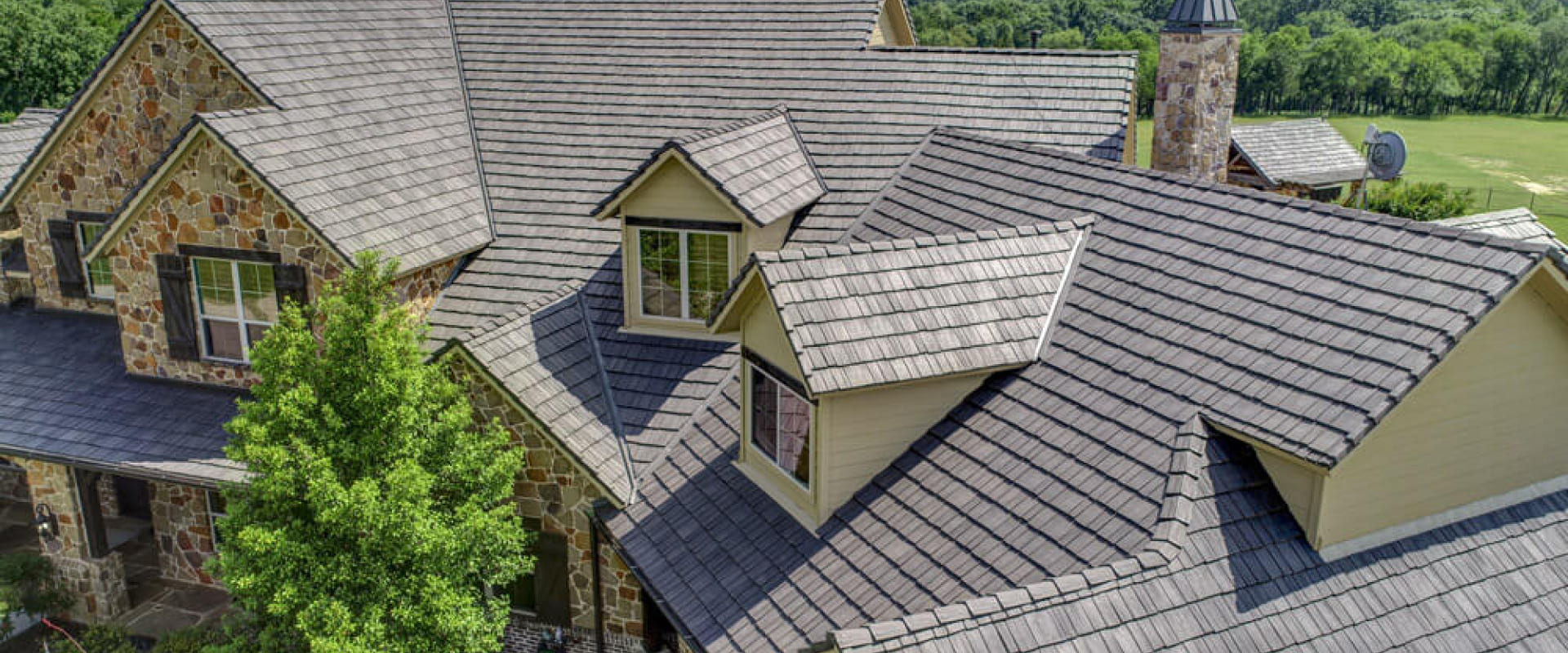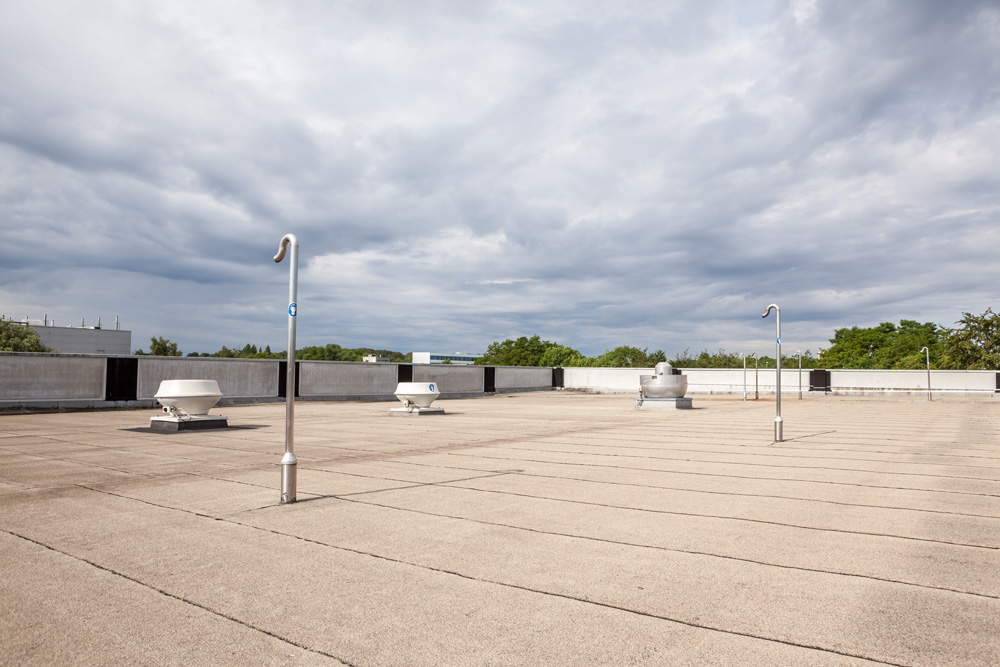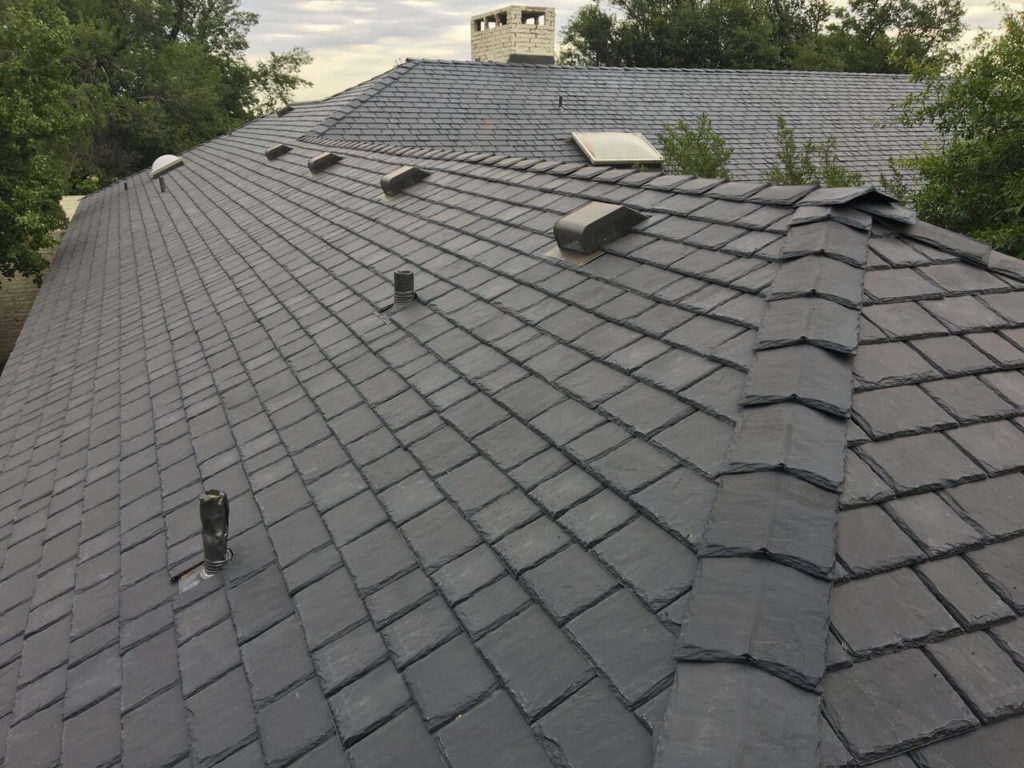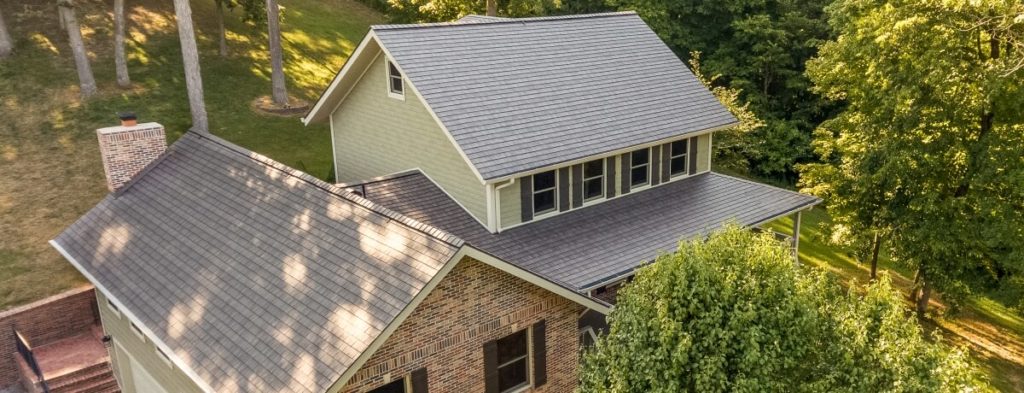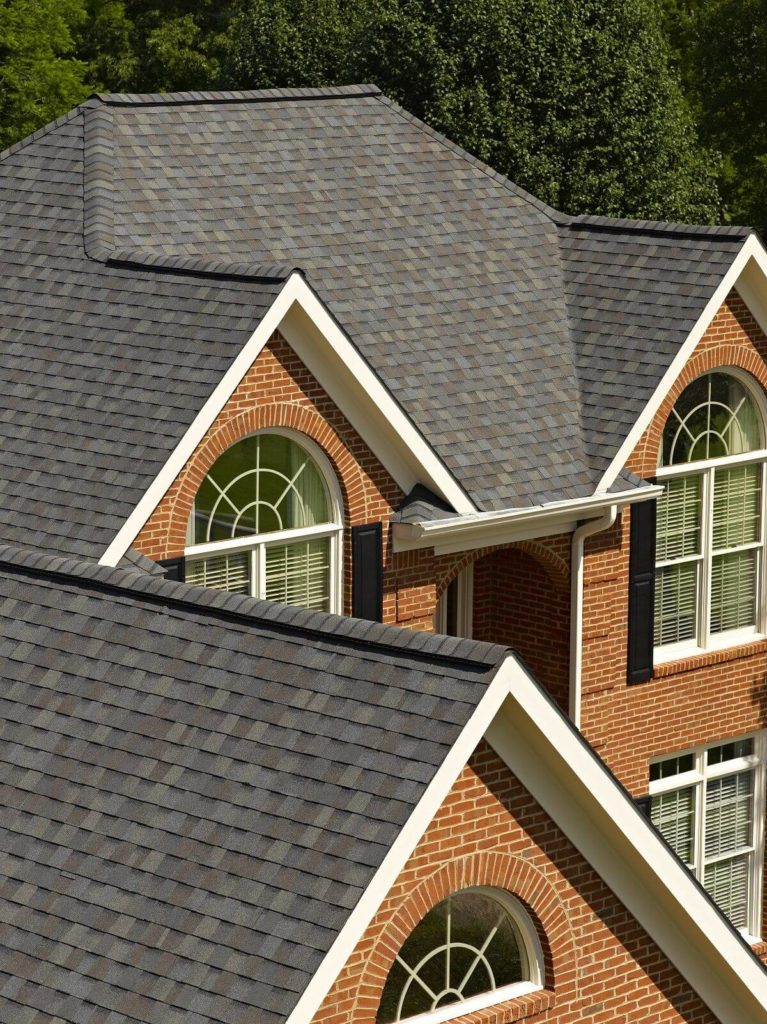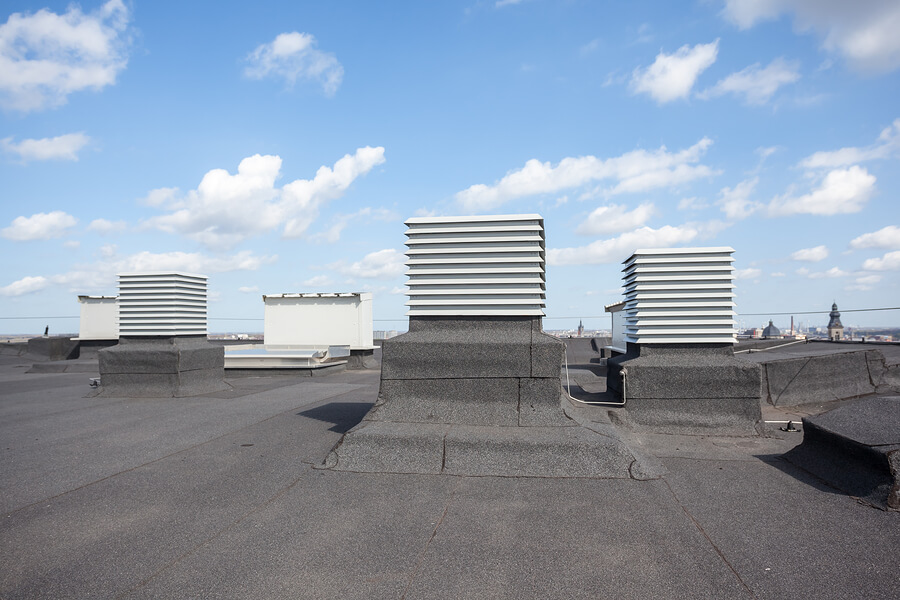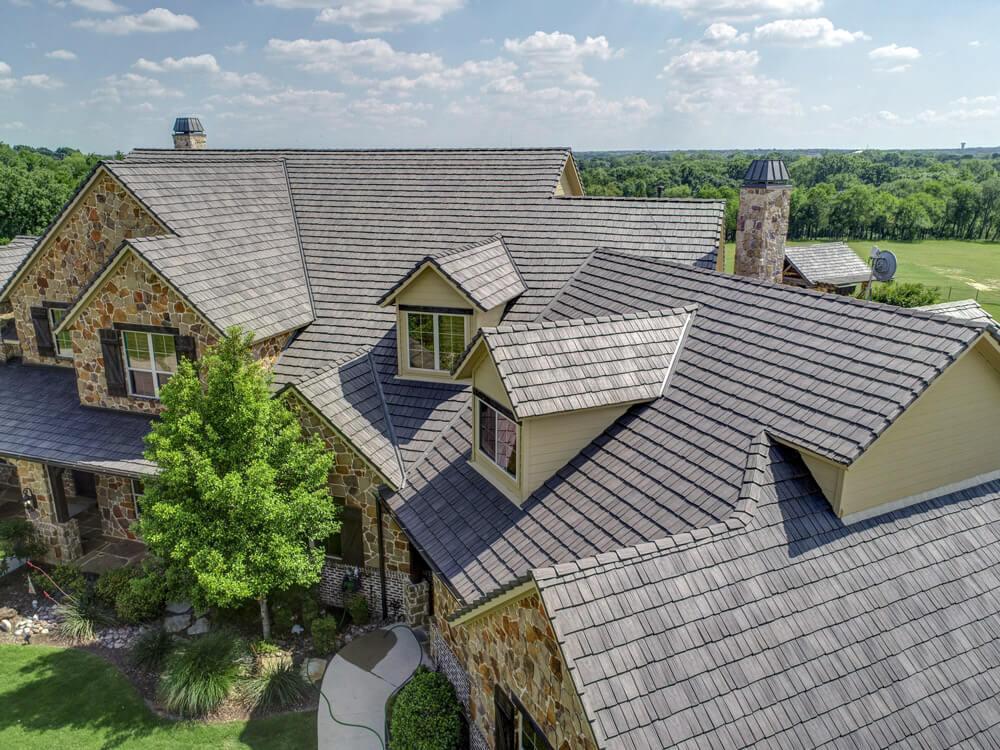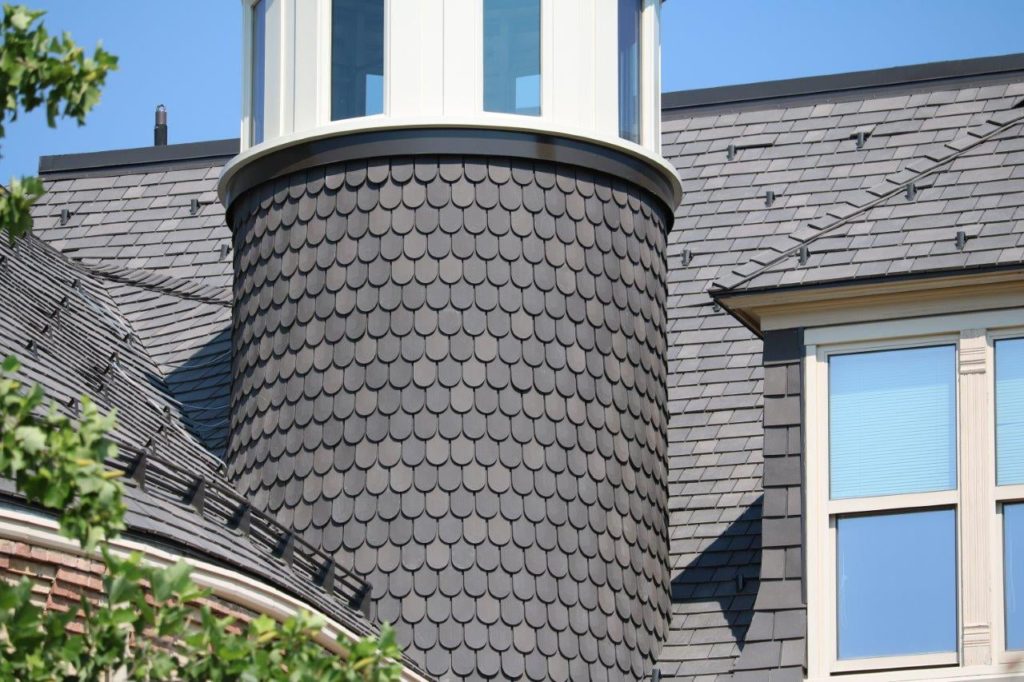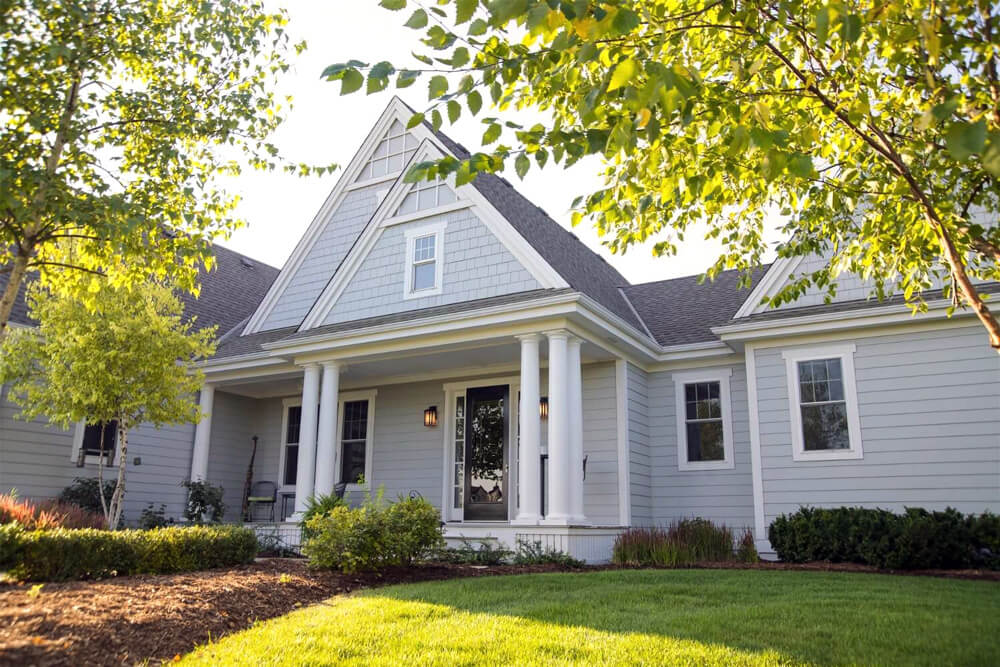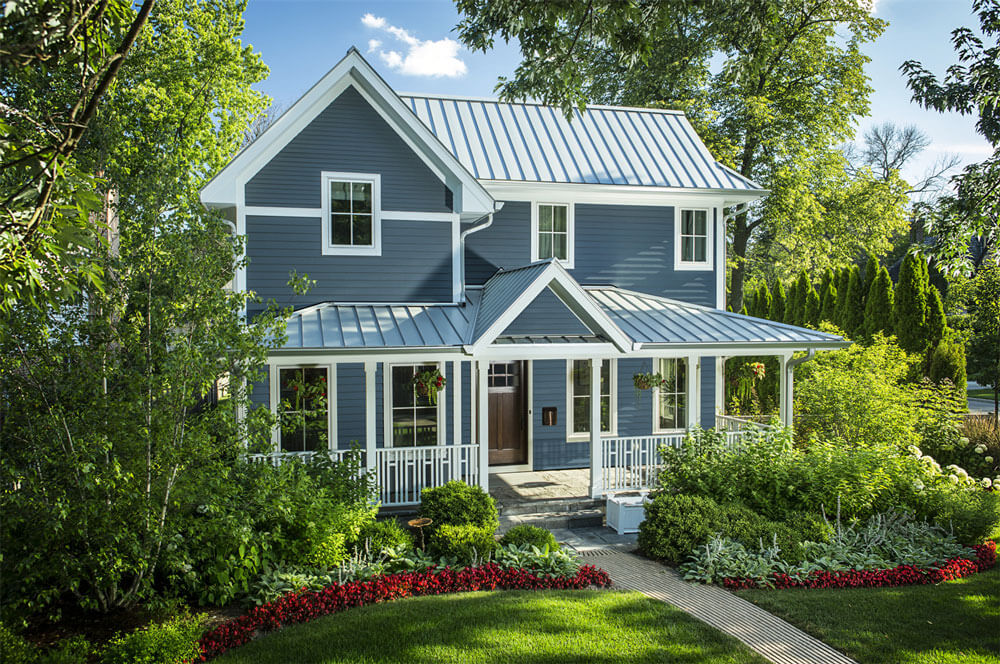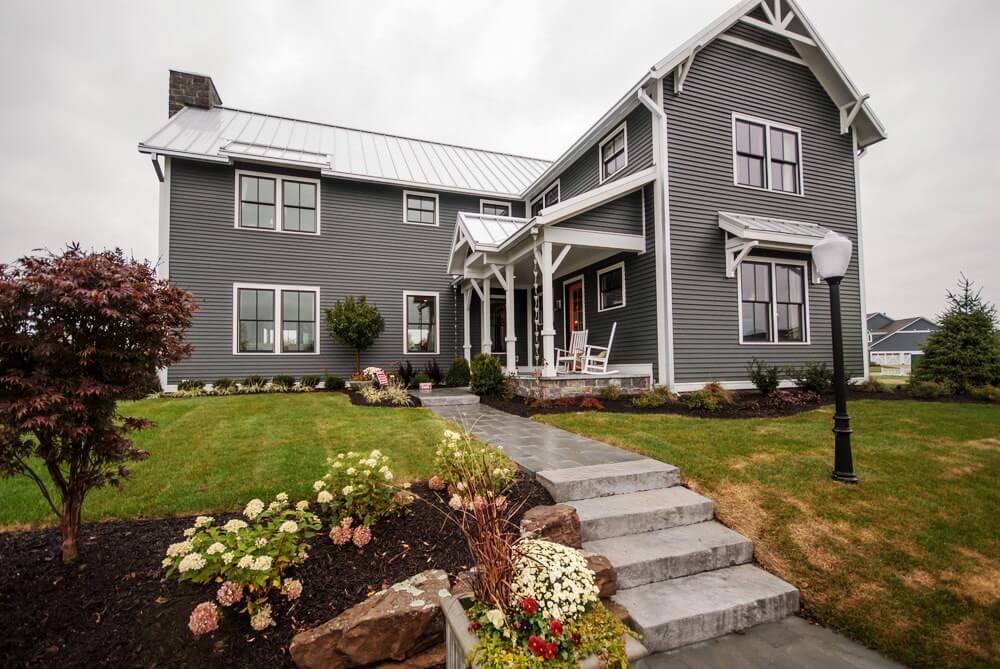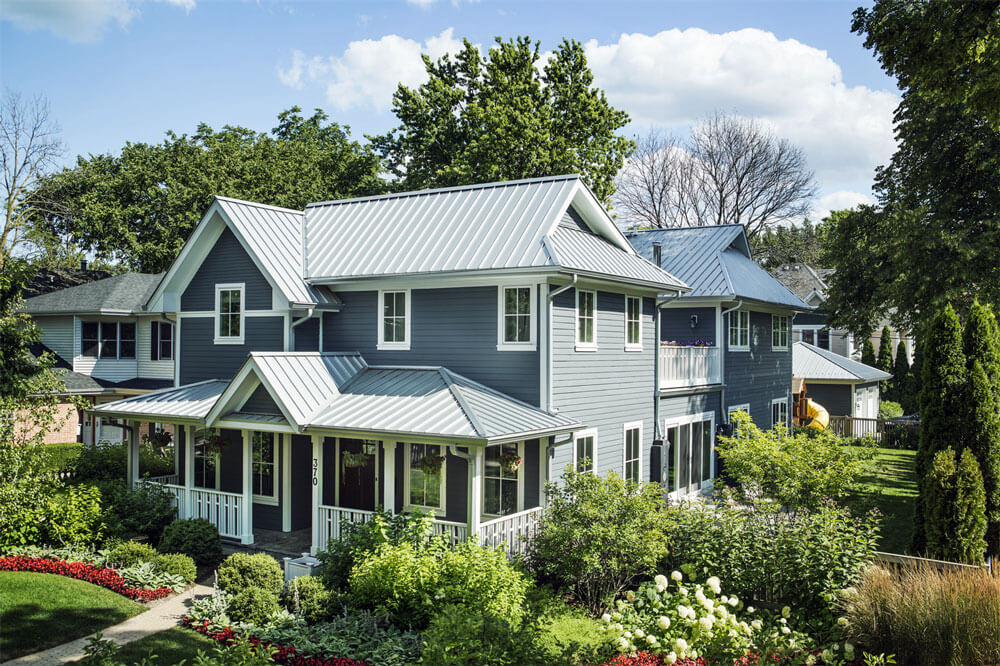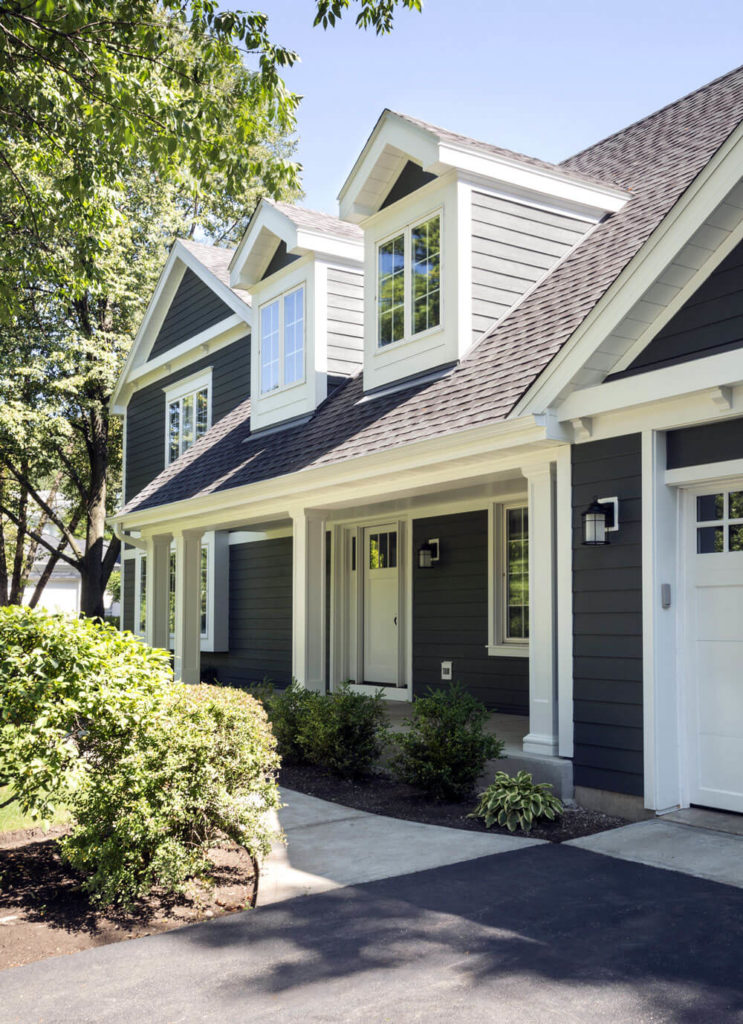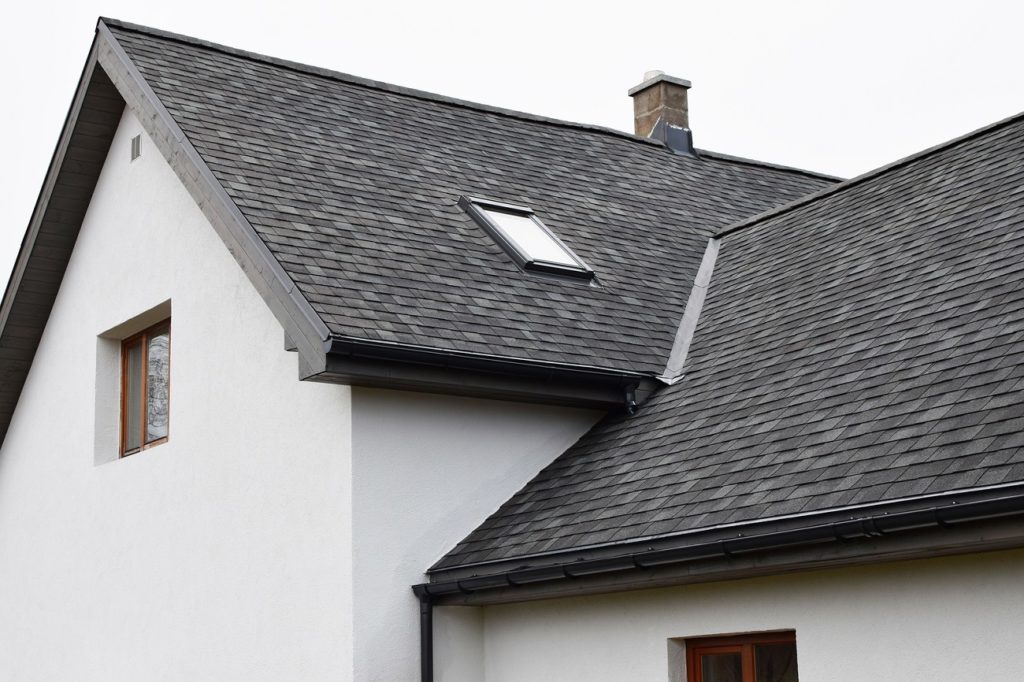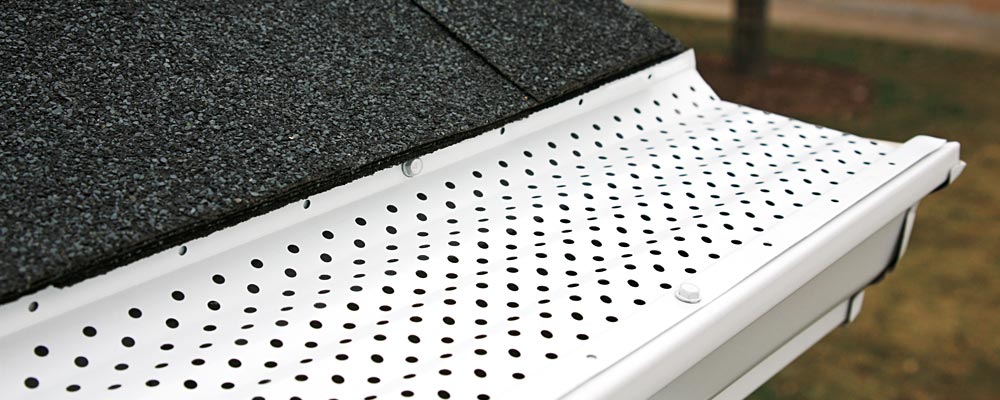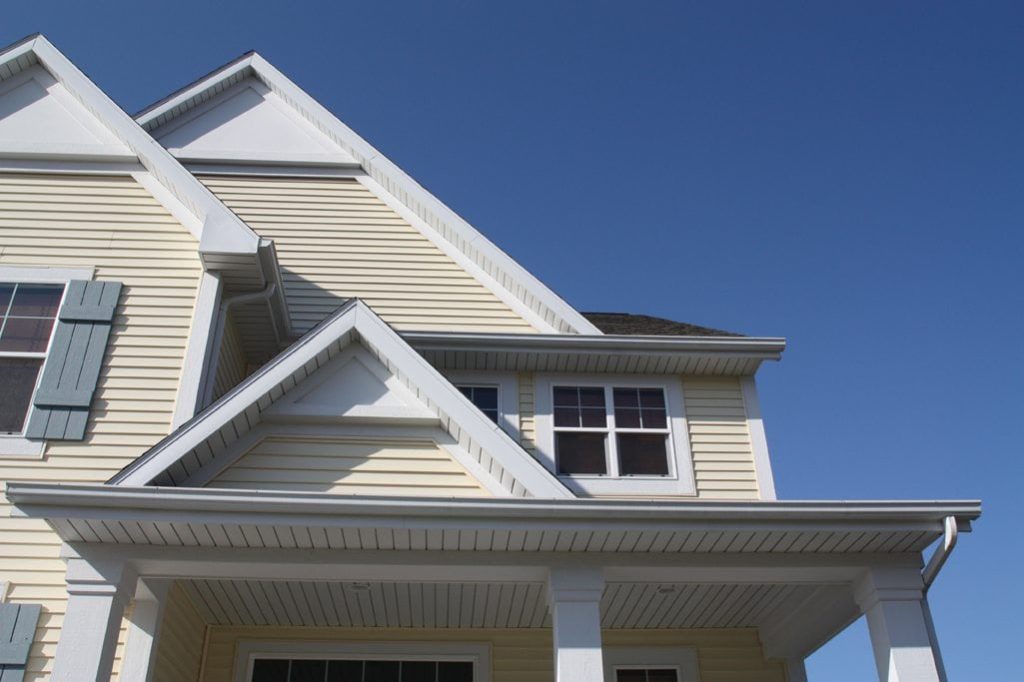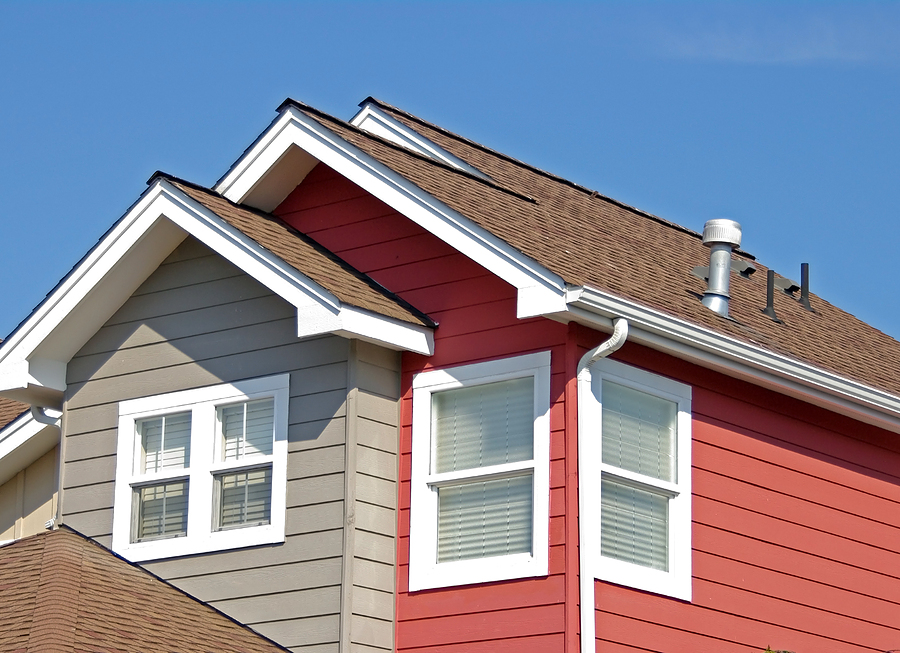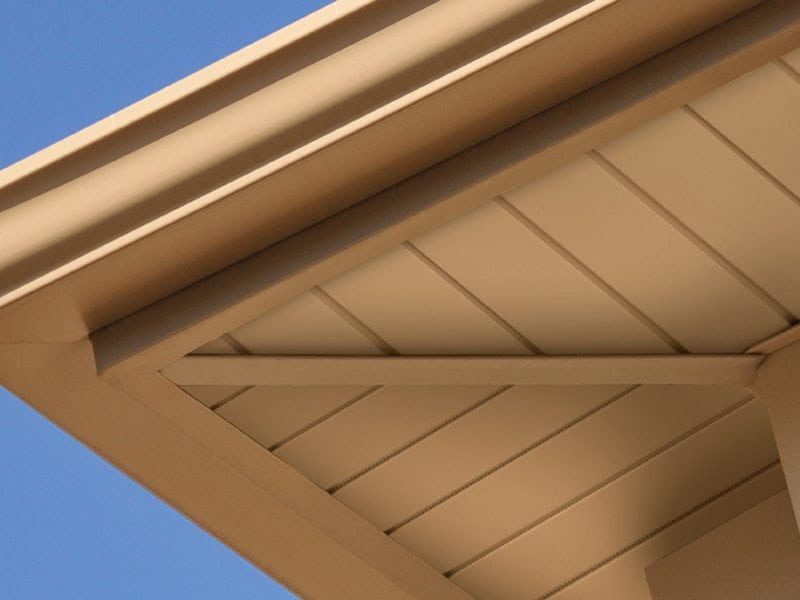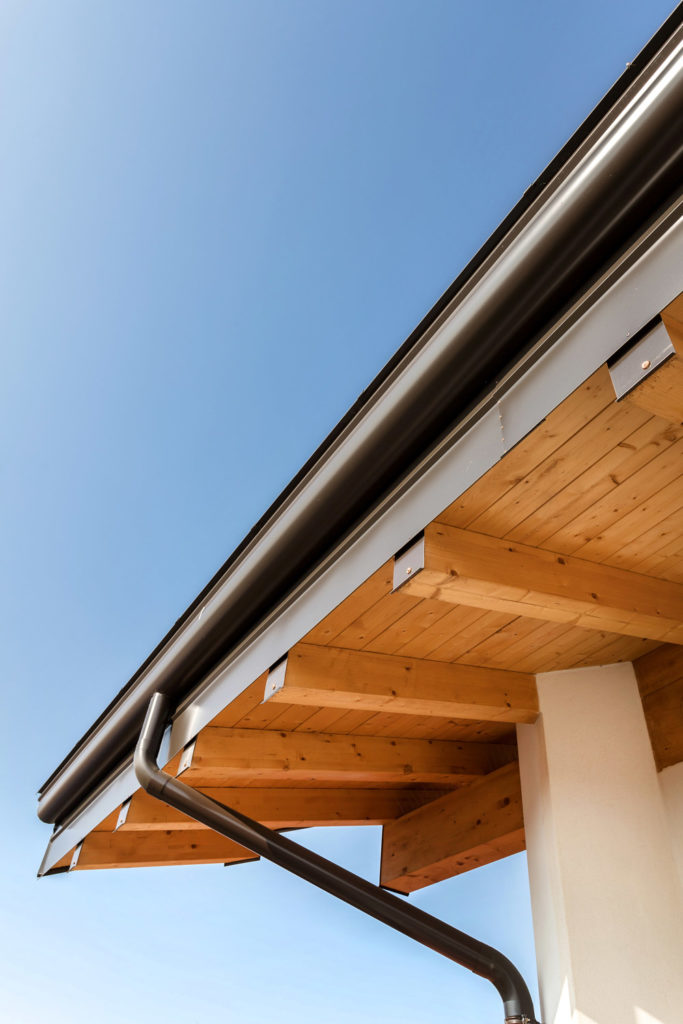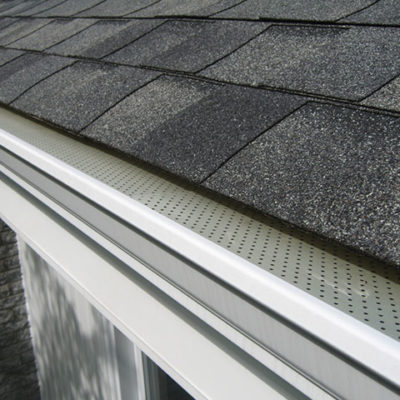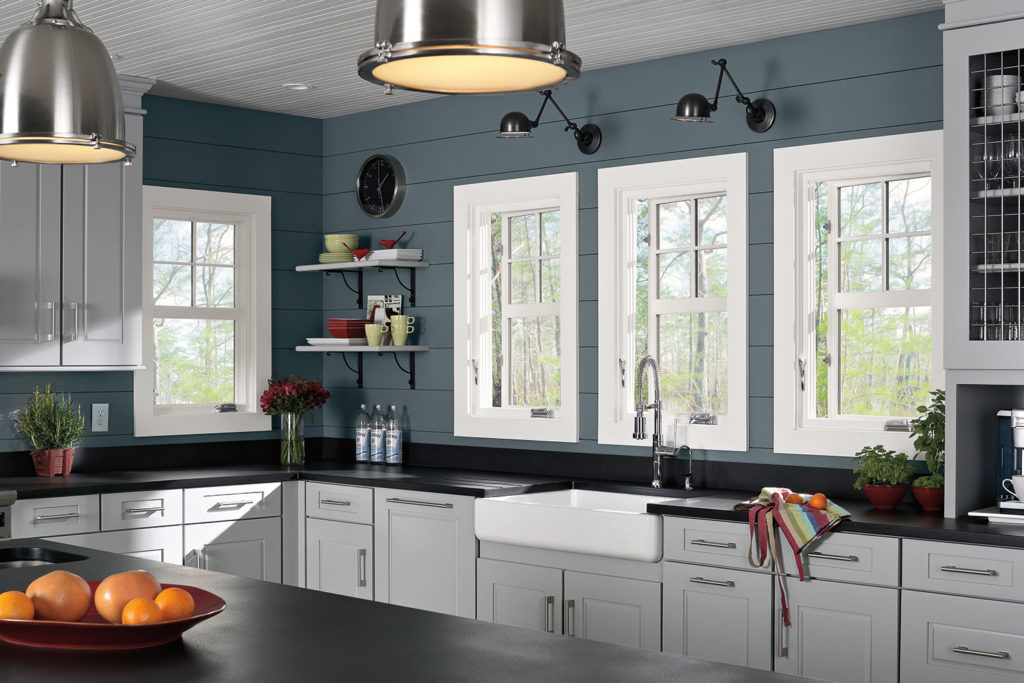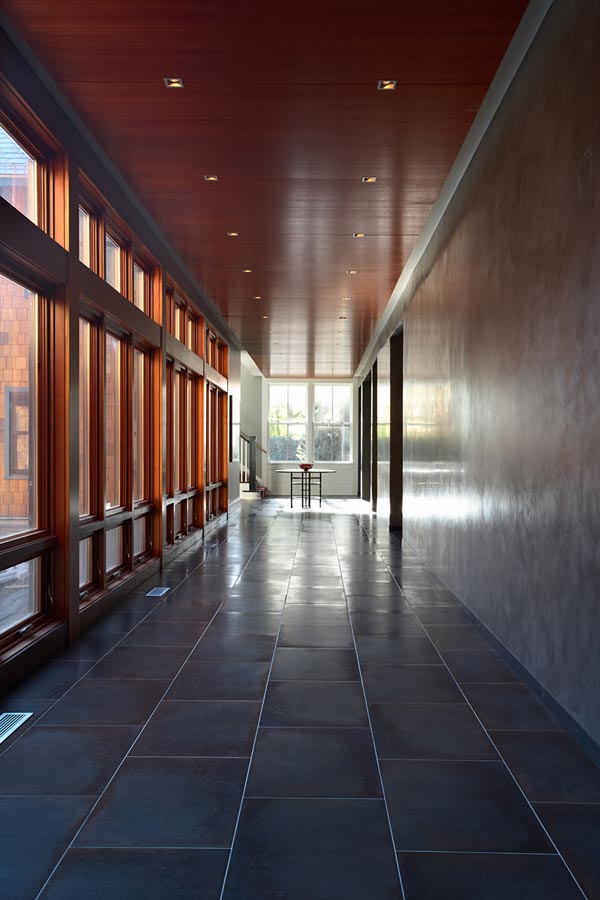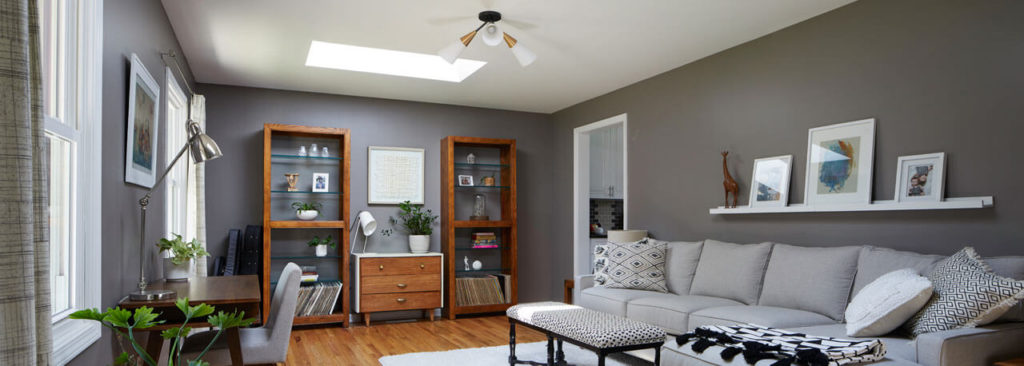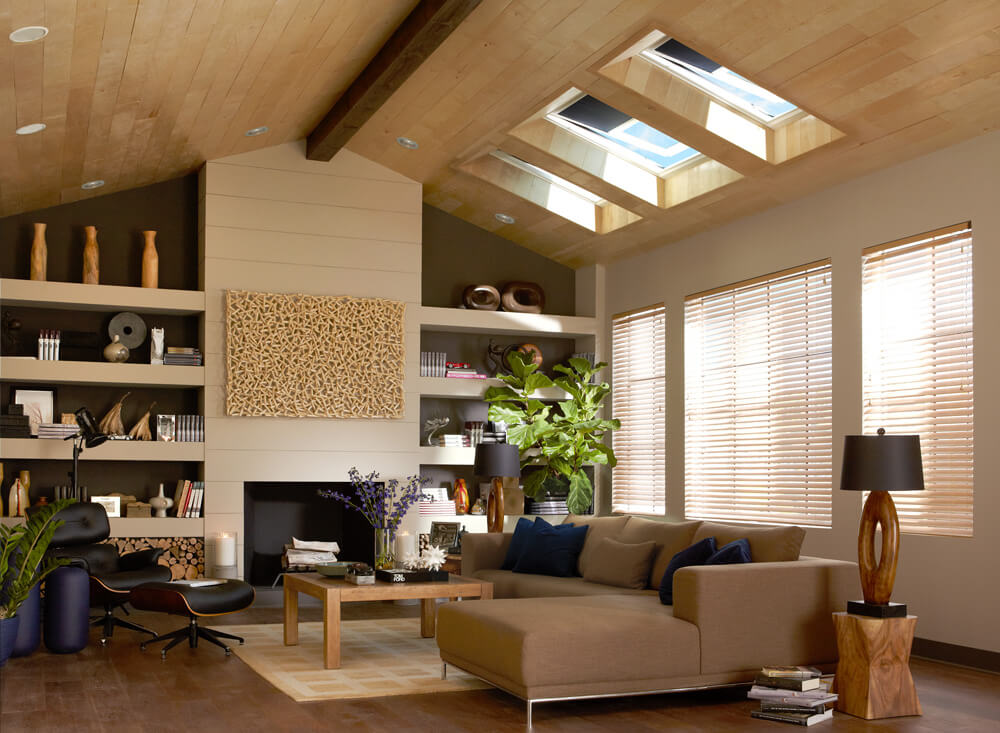Cold roofs for ice dam prevention can indeed sound funny if not non-sense. But the truth is, keeping your roof cool is one of the most sensible things you can do for your home. Not only will it help make your house more energy-efficient, it can also prevent the damage that ice dams can easily cause.
Here is a simple explanation of how a cool roof can prevent ice dams from forming.
If a roof is cool, the snow above it will not melt. There won’t be any melted ice that flows down to the roof’s edge and there won’t be any dammed water. The temperature at the upper and lower part of the roof will be around the same values, thus, preventing the cycle of freezing-melting-freezing.
Ways to Keep Your Roof Cool
Below are the methods that will help you make and keep your roof cool enough to prevent ice dams from forming.
Insulation
Ceiling insulation of at least R-38, which is typically composed of 12 inches of fiberglass and cellulose, is recommended for optimal insulation. It should also be continuous and consistent in depth.
Commonly, the most problematic area is the one above the exterior wall. For new construction, the roof framing details should allow for the installation of R-38 insulation. But for existing homes, where the space can be rather limited, you can opt to install insulating foam with as high R/inch as possible.
Ventilation
In order to cool roof sheathing, you will need a soffit-to-ridge ventilation system. Roof vents, turbines, power vents, and gable louvers are unfortunately not good enough. The soffit and ridge vents should run continuously along the house’s length to make a complete and effective system. Furthermore, a baffled ridge vent is best as it will exhaust attic air regardless the direction of wind.
Remember to install insulation baffles above the exterior wall to add protection for the insulation against the air that flows through the soffit vents.
Air Leakage
The flow of warm indoor air into the attic area must be prevented as much as possible. Small holes can allow a significant amount of warm air to enter the attic, which can contribute to the heating of the roof. You need to ensure that the attic and roof space is airtight. You can use canned urethane spray-foam, packed cellulose, caulking, and weatherstripping to seal the following:
l Plumbing penetrations
l Wiring penetrations
l Attic hatches
l Ceiling light fixture gaps and holes
l Bathroom exhaust fan installation gaps
l Chimney gaps and cracks
l Intersection of ceiling and interior partitions and walls
While prevention is still the best cure, there are situations we can’t stop from happening, and in Part 3, coming soon, we will give you some tips on how to deal with existing ice dams.
Categories:

